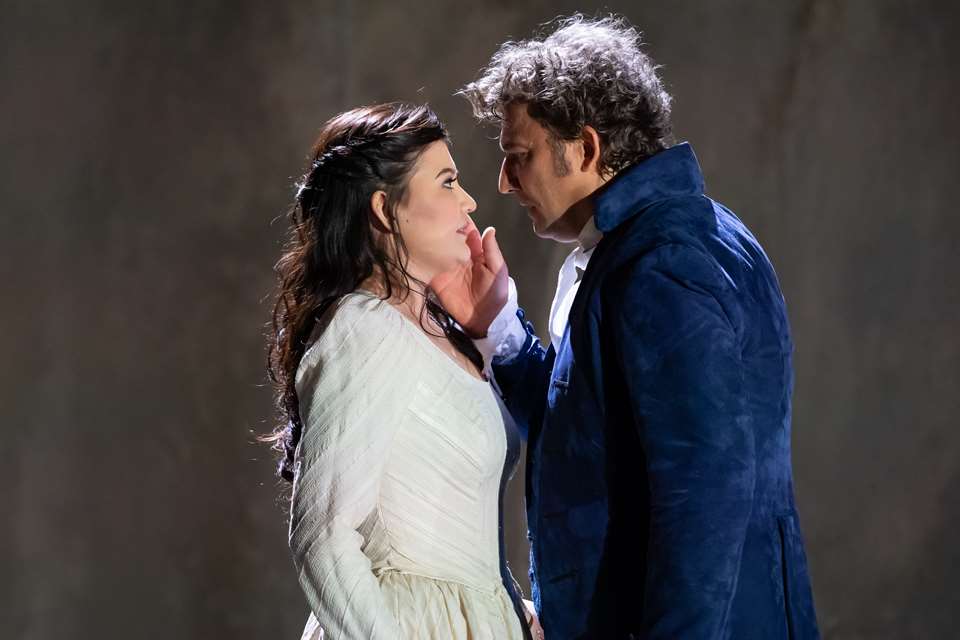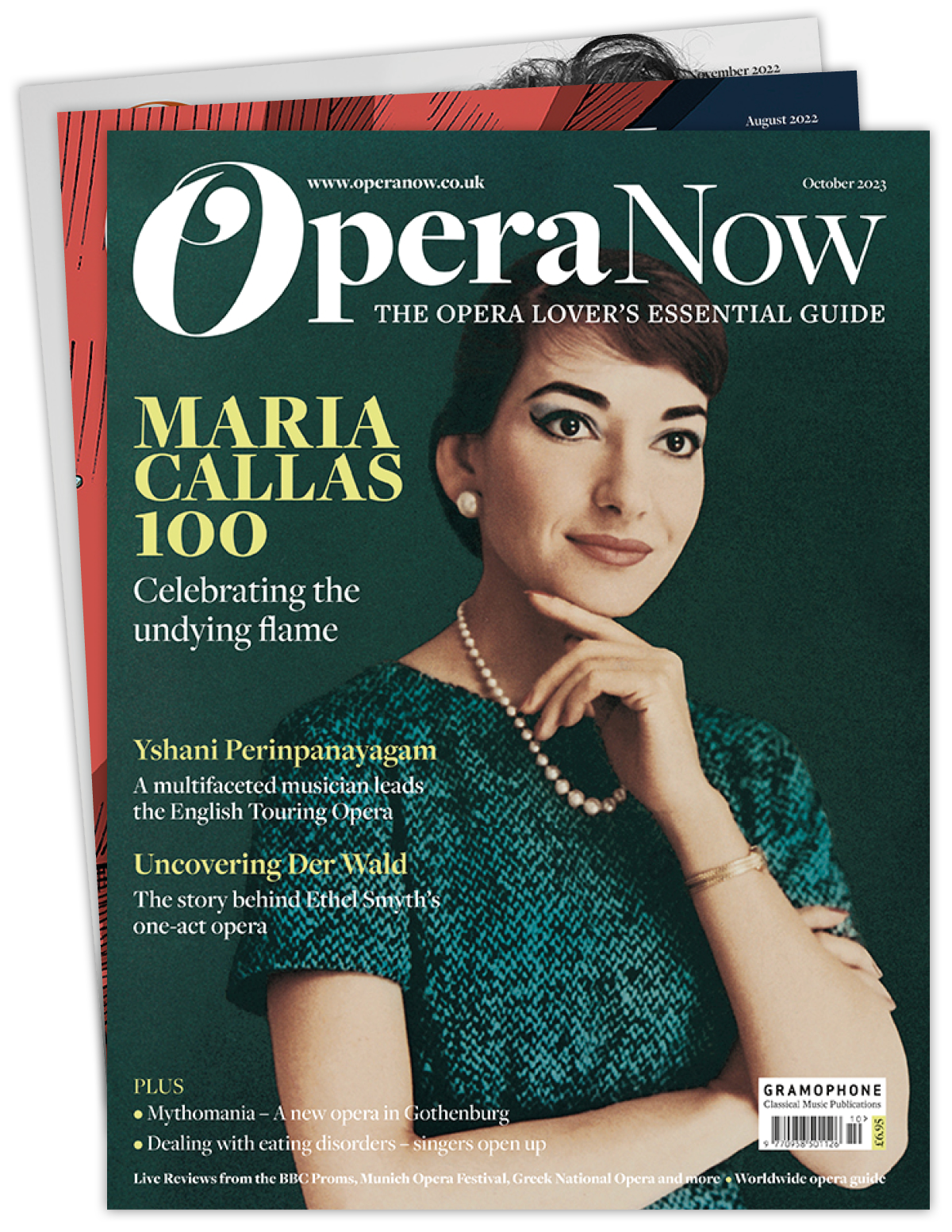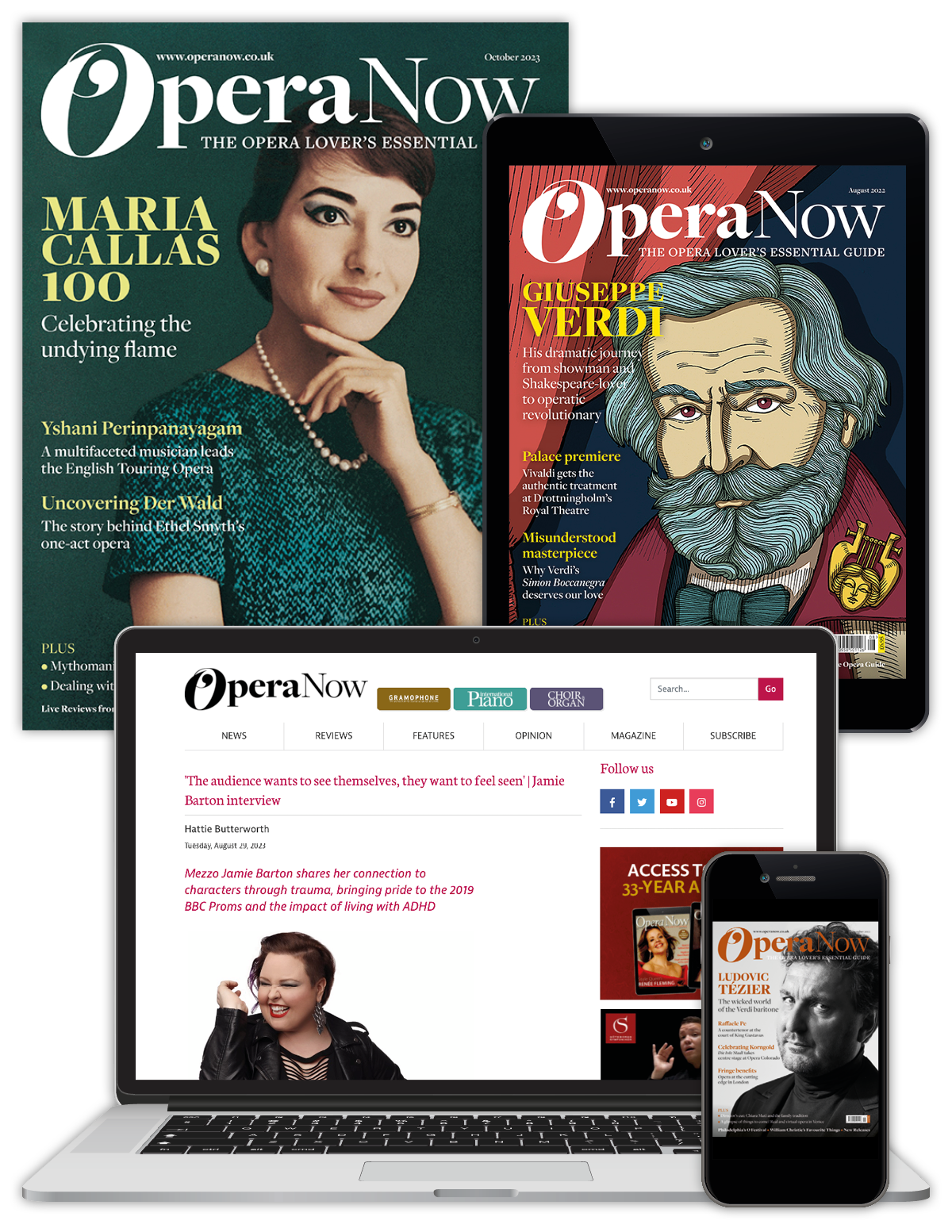Strauss: Die Frau ohne Schatten at San Francisco Opera | Live Review
Thomas May
Thursday, June 29, 2023
Depth and dimension run in tandem with the magic of David Hockney's iconic scenery
Register now to continue reading
This article is from Opera Now. Register today to enjoy our dedicated coverage of the world of opera, including:
- Free access to 3 subscriber-only articles per month
- Unlimited access to Opera Now's news pages
- Monthly newsletter








